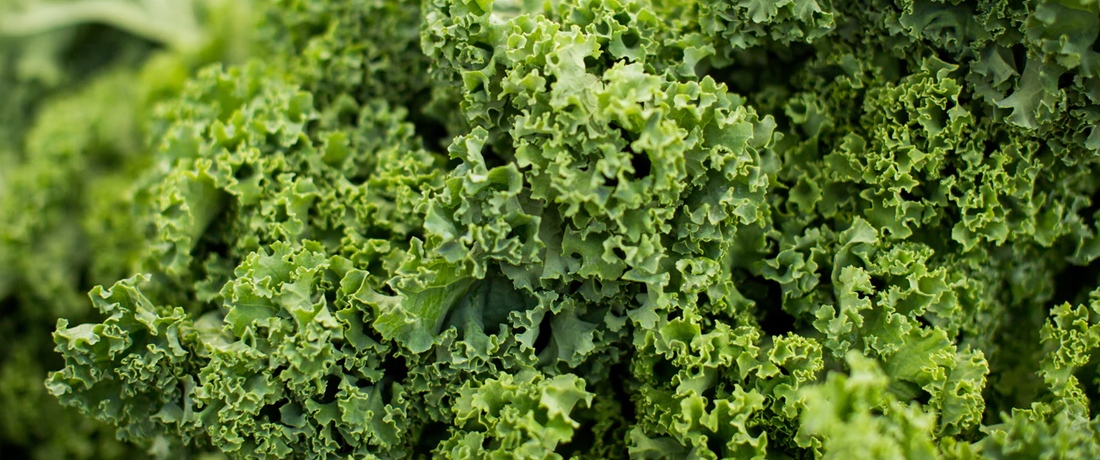
 Important note about plant availability. Important note about plant availability.There are hundreds of factsheets on our website provided for your information. Not all plants will be available at all times throughout the year. To confirm availability please call (03) 8850 3030 and ask for the nursery. |
This member of the cabbage family is enjoying resurgence in popularity. Kale is a type of non-heading cabbage from which leaves are harvested for use over a long growing period. It may be grown year round but in Melbourne it is typically planted in autumn, as it develops a good flavour during cold conditions and is less prone to attack from the cabbage white butterfly, a lover of the cabbage family. It is a highly nutritious vegetable and highly ornamental also!
Plant kale as seedlings in autumn or propagate from seed in late summer. It requires a moist, rich soil containing plenty of well-rotted cow manure and compost, with dolomite lime added. If growing from seedlings plant them deeply, up to the first leaves, to establish a stable plant. Plant in an open sunny position and protect from cabbage white butterfly using a fine mesh netting or fly wire. If you do notice pale green caterpillars chewing holes in your seedlings then remove by hand and look on the undersides of the leaves for pale yellow eggs, which may be rubbed off. You can also simply remove affected leaves. If the caterpillars persist then you may spray with Dipel or use derris dust.
Harvest kale after 8 weeks and carefully remove individual leaves as required, taking care not to wrench the plant, as it may topple. Use kale leaves in any way that you would use cabbage. Kale can produce leaves for harvest for up to 12 months, before producing flower shoots which may be eaten like broccoli.
Varieties
Tuscan Kale has very dark green leaves with a dimpled surface. Also known as Black Tuscan Kale, Cavolo Nero and Nero di Toscana.
Red Russian Kale has frilly curled leaves and light green leaves tinged with pink.
So called Ornamental kales can be eaten but are generally of poor quality.
